Pushing Performance and Compute to the Limit at COMPUTEX 2023
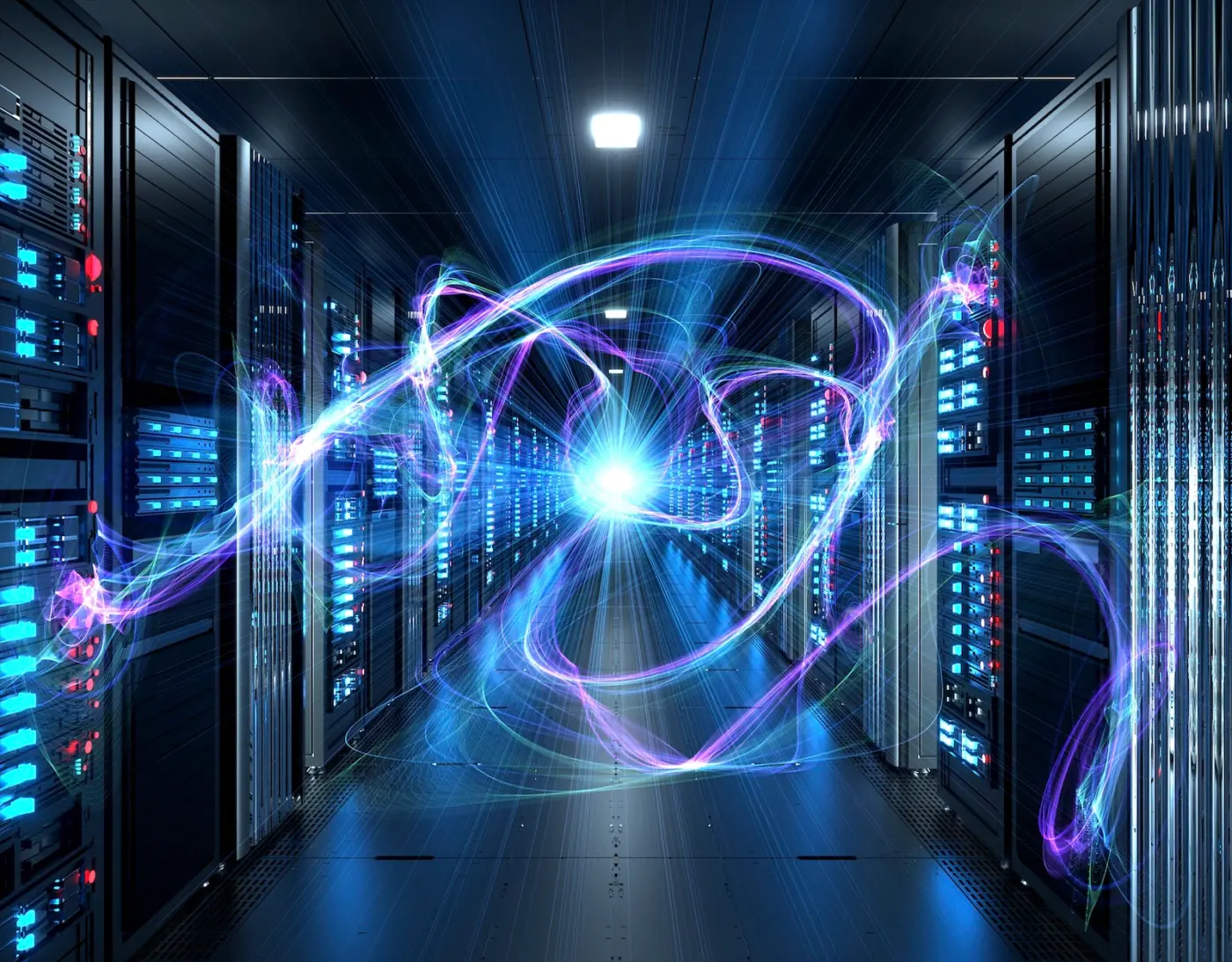
For those Arm colleagues who have attended COMPUTEX many times, it was clear that the event had evolved and grown this past decade. Kevork Kechichian, EVP, Solutions Engineering at Arm and COMPUTEX regular, said: “The event is all about performance computing”. With mobile now providing the high performance traditionally associated with laptops and PCs, Kechichian stated: “Mobile has earned its place at the show.”
This statement was the foreword to Arm’s new third-generation Total Compute Solutions (TCS23), which was launched by Chris Bergey, SVP and GM of Arm’s Client Line of Business, at COMPUTEX as “the platform for mobile computing”. TCS23 represents Arm’s highest performance and most efficient premium platform for smartphones, setting the tone for a COMPUTEX event dominated by discussions about pushing the boundaries of performance and compute.
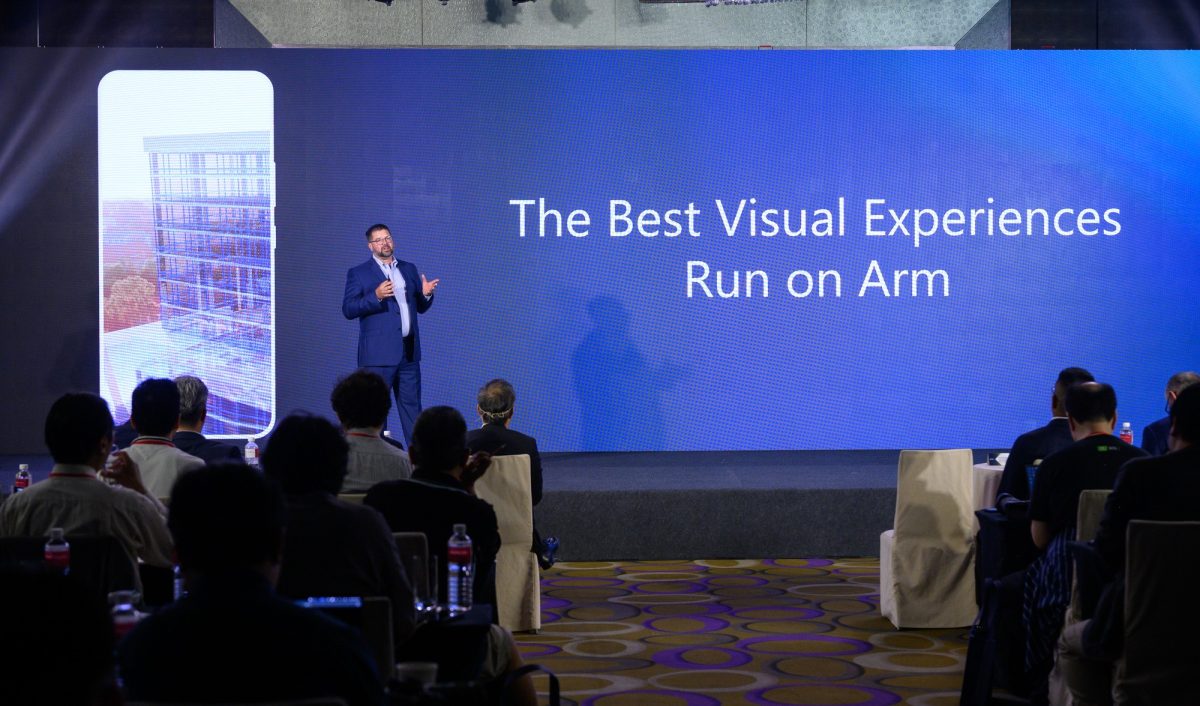
The prominent role of Arm’s partners
The first COMPUTEX in four years allowed Arm to meet many of our partners face-to-face once again in Taiwan. The three Taiwanese tech titans – Asus, TSMC and MediaTek – all played a prominent role in the TCS23 launch, joining Bergey on stage to highlight their products and solutions that are powered by Arm.
JC Hsu, MediaTek’s Corporate Senior Vice President, outlined the silicon giant’s commitment to Arm and TCS23. He stated that the next Dimensity 9000 5G chipset for flagship mobile devices will adopt the new Armv9 CPU cluster of Cortex-X4, Cortex-A720 and Cortex-A520, alongside Arm’s brand-new flagship Immortalis-G720 GPU. Hsu made it clear that MediaTek is pushing for the very best performance and visual experiences on mobile, with TCS23 at the heart of their system-on-chips (SoCs).
Bryan Chang, General Manager for Asus’ smartphone business unit, provided the OEM perspective, reflecting on the optimizations and performance capabilities of its ROG smartphones that are built specifically for mobile gaming. In September 2022, Asus announced that its ROG Phone 6D and 6D Ultimate smartphones were adopting the Dimensity 9000+ chipset, which highlights the exceptional gaming capabilities that the Arm and MediaTek mobile partnership is now enabling.
At the COMPUTEX exhibition, Asus had a prominent space where it was showcasing the latest Arm-based ROG 7 smartphones that continue to push the boundaries of mobile gaming. As part of Bergey’s TCS23 presentation, he reflected on the $92.2 billion revenues in mobile gaming, which has experienced outstanding growth in recent years as more immersive AAA gaming experiences come to mobile.
TSMC’s Dan Kochpatcharin, who’s the head of design infrastructure management at the company, also shared the stage with Bergey during the TCS23 launch. Both provided details on the close collaboration between the two companies to tape out the Cortex-X4 on the TSMC N3E process, which is an industry first. This is laying the foundation for future work between Arm and TSMC to maximize system performance and power efficiency through advanced silicon technologies.
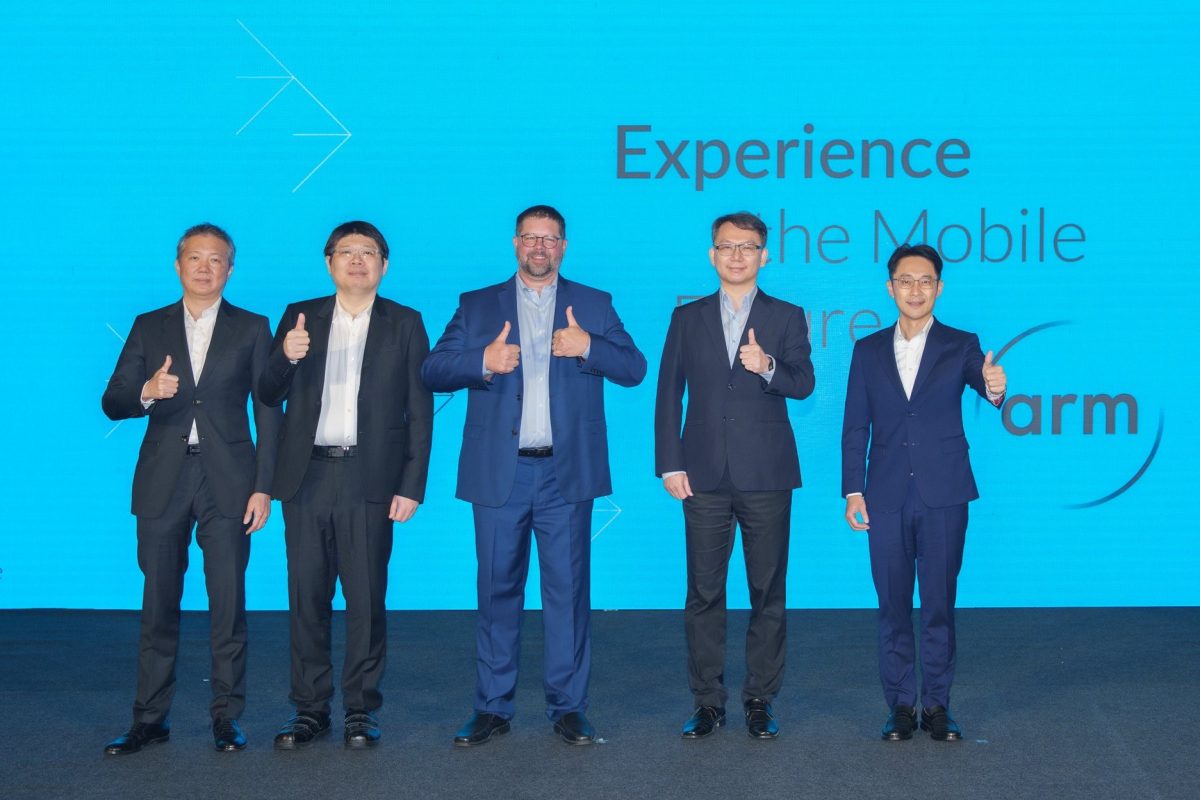
“A golden age of computing”, powered by Arm
The start of COMPUTEX wasn’t just about the TCS23 launch, with Arm’s CEO Rene Haas delivering his own keynote soon after. Haas explained why there has never been a more exciting or challenging time for the industry in what he labelled as the “golden age of computing.”
The needs of computing have now grown beyond the industry’s imagination, with Haas noting the insatiable demand for more compute across all applications, devices and markets. This is only being intensified by the rise of AI, which Haas said requires “computing resources like the industry has never seen before.”
AI is currently showing explosive growth on endpoints and Haas believes this is where the big opportunities lie. There are various endpoint examples where Arm’s powerful and efficient computing platforms are already enabling a range of AI workloads. From live caption and virtual assistant on the Google Pixel 7 smartphone and voice assistant on the Amazon Echo to intelligent traffic monitoring in South Korea and the autonomous monitoring of bees.
Reflecting on the ongoing engineering challenges in the silicon industry, with SoC designs becoming increasingly complex and the ever-increasing costs and resources required to build semiconductors, Haas explained how compute sub-systems would lead to more performance and compute in silicon that is delivered to market quicker.
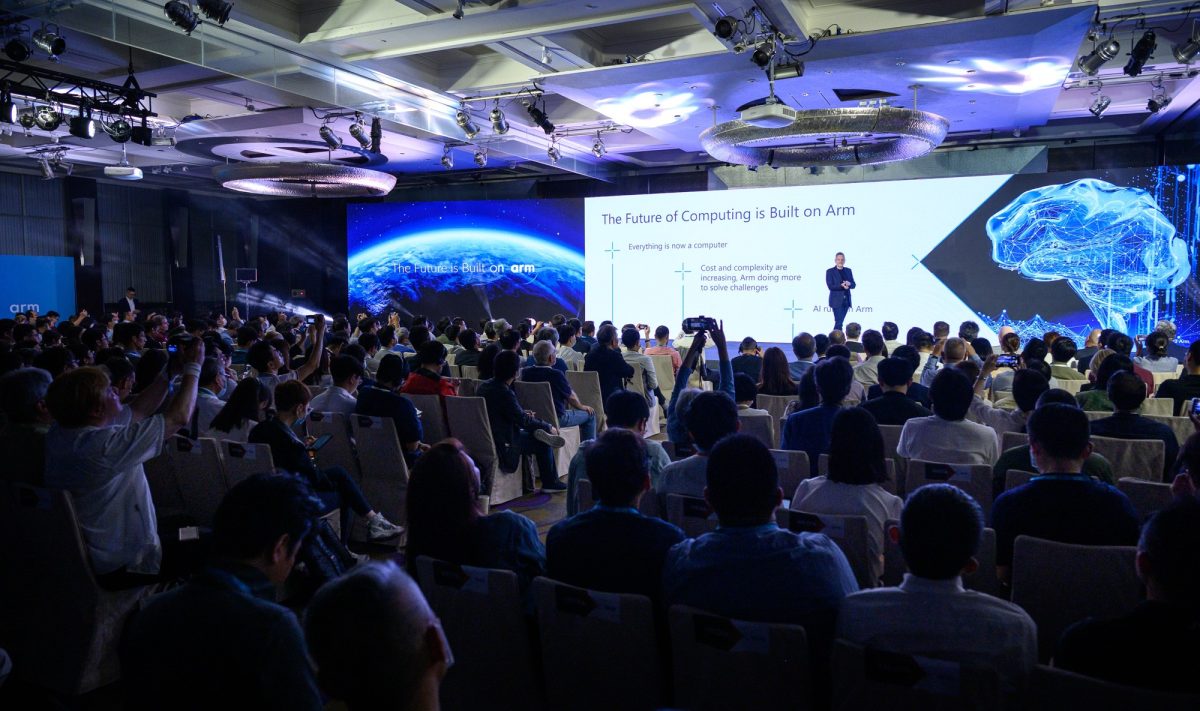
Compute sub-systems integrate Arm technologies, configure them to specific compute requirements and then validate them to target the relevant process node. Haas highlighted the NVIDIA Grace as an example of a current Arm-based compute sub-system. Powered by two 72-core Arm Neoverse V2 compute subsystems, it provides a 10x performance leap in AI’s most demanding tasks, while dramatically improving performance per watt.
This is being adopted by the NVIDIA GH200 Grace Hopper Superchip for complex AI and HPC (high performance computing) workloads. Jensen Huang, NVIDIA’s founder and CEO, announced in his COMPUTEX 2023 keynote that Grace Hopper is now in full production, with SoftBank building new, distributed AI data centers using this superchip. This is described as the next cloud platform for 5G and generative AI.
The benefits of the Arm Neoverse computing platform were outlined by Mohamed Awad, Arm’s SVP and GM for the Infrastructure Line of Business, in a day 2 COMPUTEX keynote about the “next big leap in computing”, which also featured speakers from Ampere and Lenovo.
Similar to Haas, Awad reflected on the enormous computing pressure on the infrastructure market, with 15 billion IoT connections, 1.5 5G subscribers and 120 ZB of data generated in the world today. This is alongside a continuous push for power efficiency, particularly in data centers, which is helping companies save costs on compute power, as well as providing sustainability benefits.
According to Awad, the ability to meet these challenges is why Neoverse is the future foundation of cloud-to-edge computing infrastructure. For partners, the Neoverse platform is already providing them with up to 45 percent cost-performance gains and the complete freedom to create their own innovative solutions.
And it was not just innovative new hardware getting all the glory at COMPUTEX. Haas described the vital role of the software ecosystem and developers, with the value and power of the IP “coming down to the software” and the developer community. He stated that no software ecosystem on the planet comes anywhere close to Arm’s, with 15 million developers worldwide developing on Arm, for Arm.
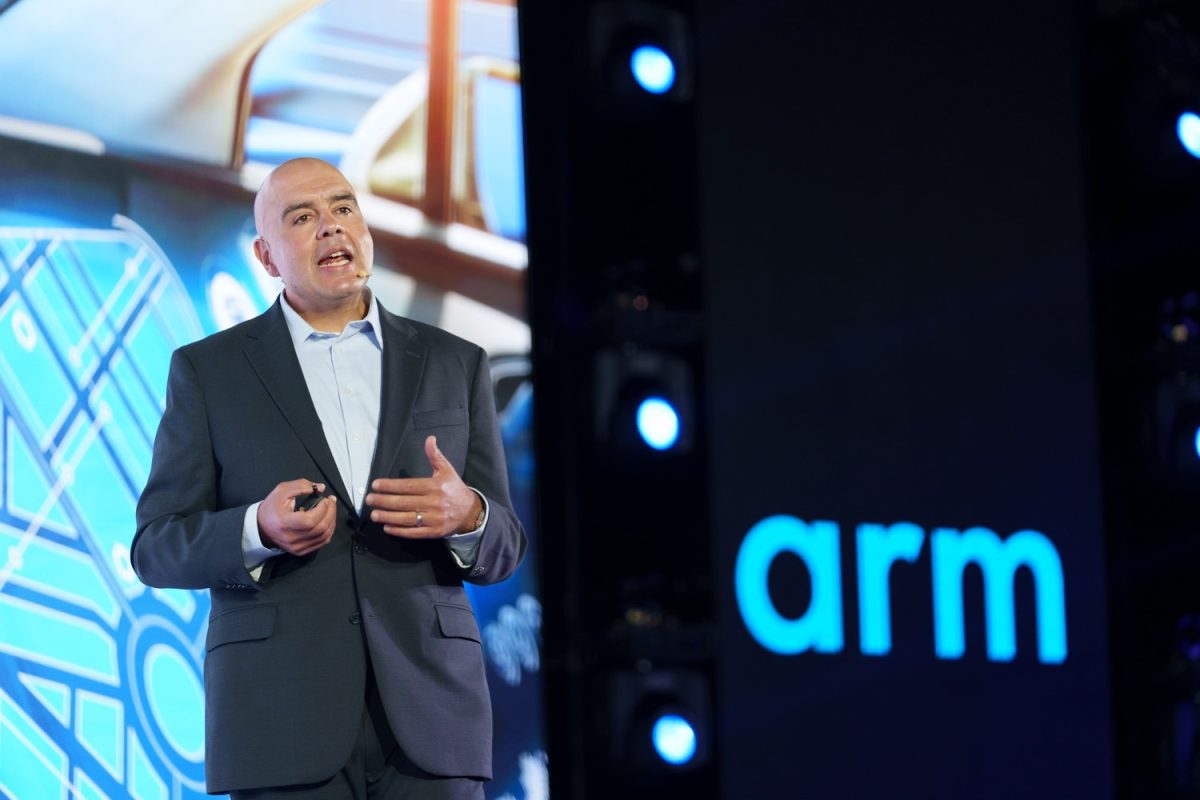
Awad supported this statement in the COMPUTEX keynote, highlighting the strength and breadth of the Arm software ecosystem alongside recent software investments and developments in the infrastructure space. He noted that 3,000 companies now use NVIDIA CUDA which supports Arm’s processors for the server market, with this 5x growth since 2019 being driven by the adoption of Arm-based instances across every major hyperscaler.
A technology future being built on Arm
Throughout COMPUTEX 2023, a key trend was today’s insatiable demand for computing, with this only likely to grow in the future through advanced AI workloads. While this is set to provide endless opportunities and limitless innovation, it’s also bringing a broad range of engineering challenges that will need to be addressed by the entire technology industry moving forward.
However, it was clear from the TCS23 launch, our partners and the COMPUTEX keynotes that Arm has the technology and software ecosystem to deliver future computing solutions that meet these challenges head-on. As Haas concluded in his keynote, the future of technology has never been brighter, with this future being built on Arm.
Any re-use permitted for informational and non-commercial or personal use only.











